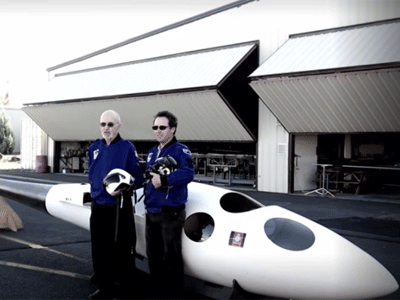Gliding to the Edge of Space
Applying aerospace technology and atmospheric research to fly a glider higher than any other manned aircraft has ever flown

Applying aerospace technology and atmospheric research to fly a glider higher than any other manned aircraft has ever flown

In 2015/16 Perlan Mission II intends to set new altitude records by flying a purpose-built pressurized high-altitude glider (the Perlan 2) higher than any other manned wing borne aircraft has ever flown in sustained flight using stratospheric mountain waves and the polar vortex and in so doing harvest invaluable data about earth¡¯s atmosphere and its ozone layer
The Perlan 2 will fly in a near vacuum with air density at less than 2% of that at sea level. It must be extremely strong and light like a space ship, but extremely stiff to prevent flutter. Flying at the edge of space, the Perlan II must have the reliability and life support systems of a space ship. The combination of very thin air and extremely low temperatures is similar to the environment that would be encountered flying on Mars. At such low air density the glider must fly at near transonic speeds to create enough lift to sustain flight. At these speeds shock waves can form and flow separation can ruin performance. The Perlan 2 requires a new and highly efficient aerodynamic design.
Source: Perlan Project
